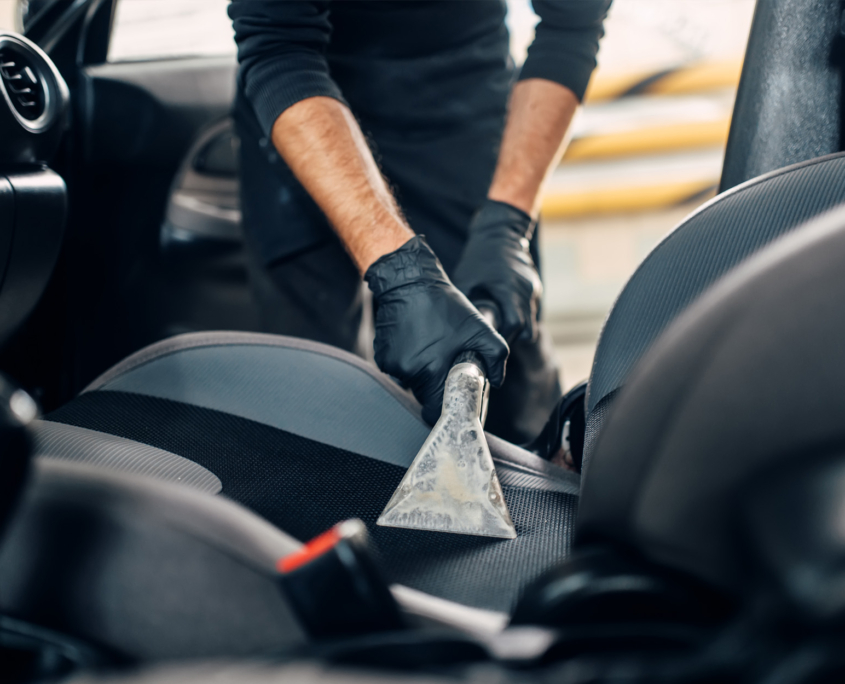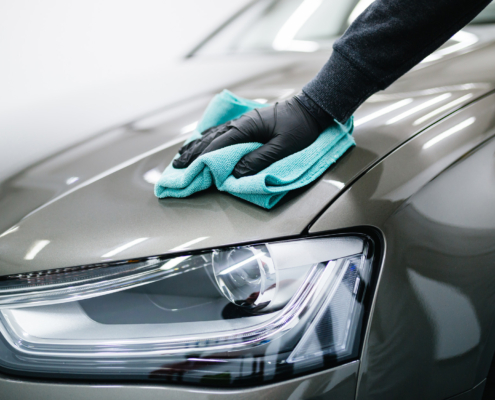We’ll explore common signs of reconditioning inefficiency, pinpoint where costs typically balloon, and detail how technology can help you transform lost profits into a streamlined, revenue-driving process. If you’re ready to bolster your bottom line, read on.
The Hidden Cost of Inefficient Reconditioning
Reconditioning is often viewed as a standard operating procedure—a process that happens in the background after you acquire a trade-in. But every minute a car spends off the lot and every unnecessary repair or labor expense can chip away at your profits. In fact, failing to reduce reconditioning costs could be the reason your dealership isn’t meeting monthly revenue targets.
- Impact on Profitability: High reconditioning expenses mean thinner margins, leaving less room for competitive pricing or upgrades to your service department.
- Longer Holding Times: Vehicles stuck in reconditioning longer than necessary tie up valuable inventory and increase overhead.
- Quality vs. Cost Conundrum: Many worry that cutting corners on reconditioning hurts the final product. But the truth is, you can save money while still delivering top-notch vehicles to your customers.
Signs You’re Losing Money in Reconditioning
Not sure if your dealership is bleeding funds during reconditioning? The following red flags are a good place to start.
Rising Repair and Labor Costs
When your service bays are consistently busy but your profits don’t reflect the bustle, it may signal inflated repair and labor expenses. Technicians might spend time on non-critical tasks, or inefficiencies in scheduling could drive overtime rates sky-high.
Excessive Downtime and Delays
Every additional day a vehicle sits idle in reconditioning racks up holding costs. Slow turnaround can be caused by disorganized parts ordering, unclear communication between departments, or insufficient staffing.
Inconsistent Repair and Quality Standards
If you lack standardized procedures, you’ll likely see wide variations in both costs and outcomes. One technician might replace multiple parts when a single fix would suffice, while another does the minimum, risking subpar final quality.
Unnecessary Rework Due to Poor Tracking
Vehicles that re-enter reconditioning for missed repairs or incomplete tasks represent double the expense. Without a robust way to track tasks and progress, errors and oversights slip through the cracks, costing you both time and money.
Manual, Paper-Based Systems
Spreadsheets and paper checklists may work for smaller operations, but they’re prone to human error and limited in scope. As your dealership grows, these archaic methods make it impossible to pinpoint exactly where you can reduce reconditioning costs.
Where Waste Happens in the Reconditioning Process
Waste can crop up at any stage, from trade-in assessment to the final inspection. By identifying and eliminating these bottlenecks, you’ll be better positioned to learn how to lower reconditioning expenses overall.
Slow Trade-In to Lot Readiness
Each additional day a vehicle spends in reconditioning is a day of lost sales potential. Holding costs—like storage, insurance, and overhead—pile up quickly, eating into your profit margin.
Inefficient Repair Scheduling
Scheduling inefficiencies cause vehicles to sit idle waiting for technician availability or parts delivery. Poorly coordinated schedules also make it difficult to predict turnaround times accurately.
Poor Parts Management
One of the largest drains on resources comes from missing or backordered parts, which halt the entire process. Disorganized inventory or unpredictable supplier lead times lead to unnecessary wait periods.
Lack of Process Automation
Manual workflows require constant follow-up emails, phone calls, and handwritten notes. Even in the best-case scenario, this leads to longer turnaround and miscommunication. Automation can cut through these inefficiencies.
Labor Inefficiencies
If roles aren’t clearly defined, tasks can overlap or fall by the wayside. Without accountability, you might end up overstaffing certain stages and underutilizing skilled technicians.













